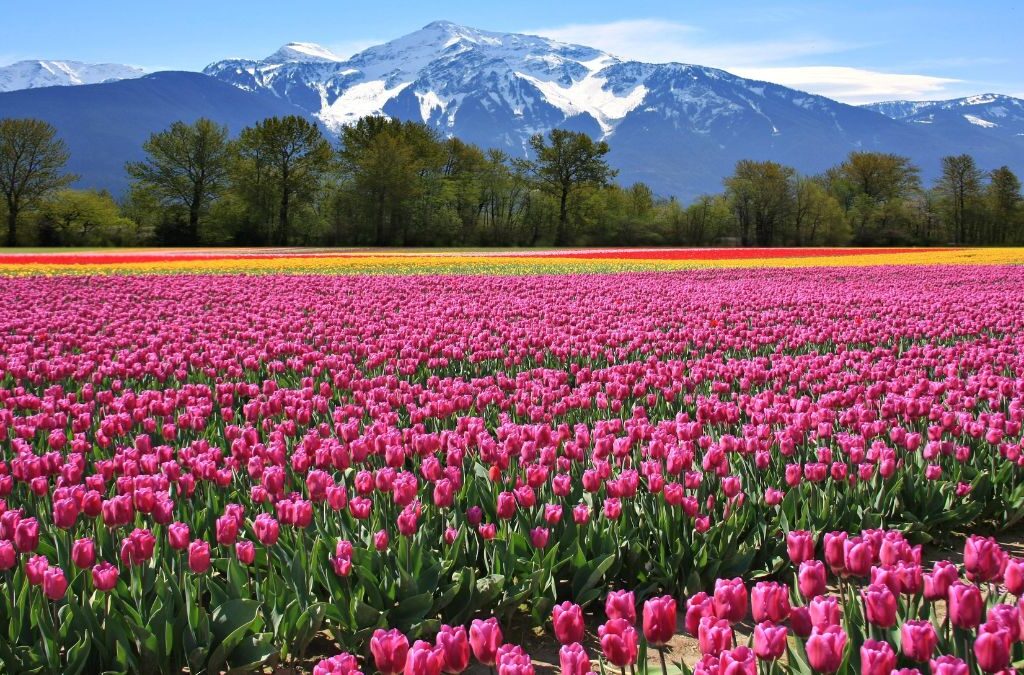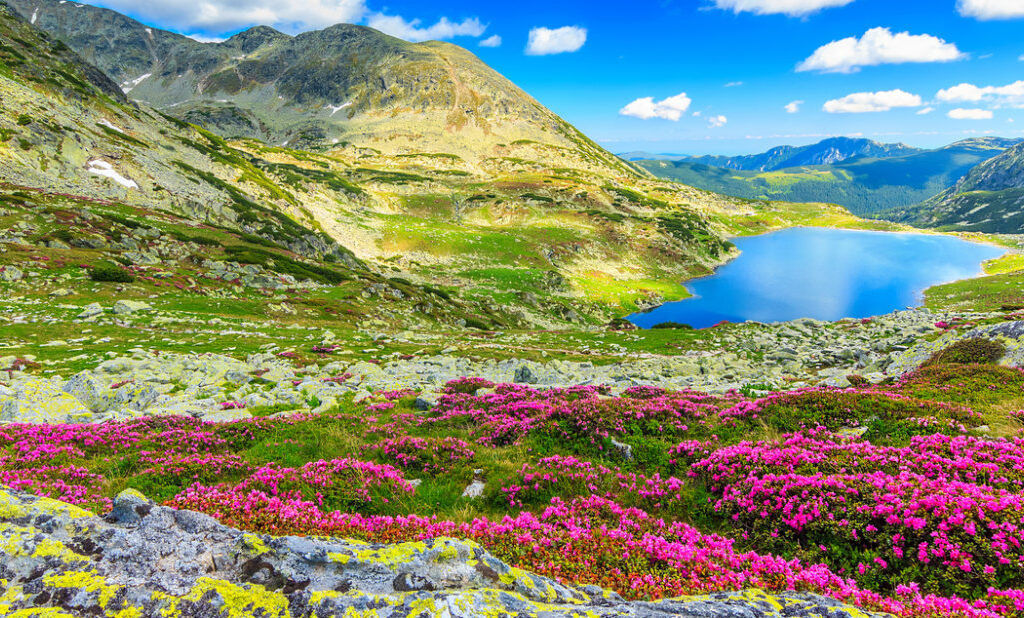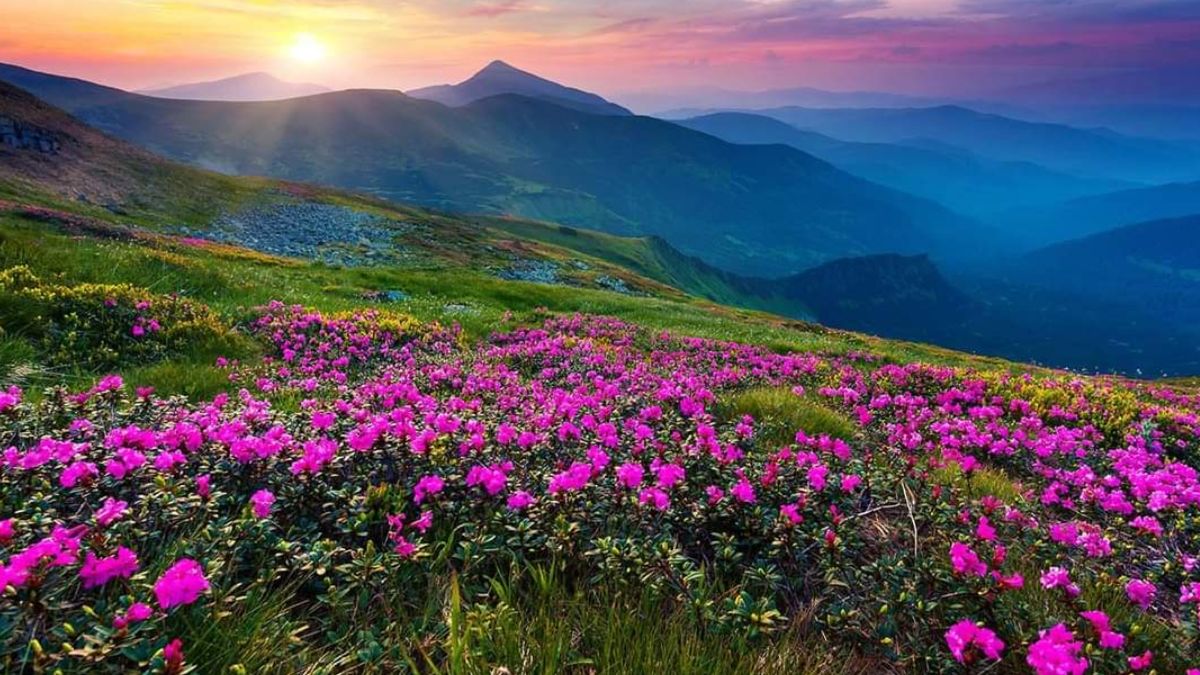Flower Valleys in Pakistan
Introduction
Flower valleys, locally known as گل وادیاں, are among the most breathtaking natural wonders on Earth. Pakistan, blessed with diverse landscapes ranging from the snow-capped peaks of the north to the deserts of Balochistan, is also home to enchanting valleys covered with wildflowers. These valleys not only highlight the scenic beauty of the country but also play a vital role in ecology, tourism, and the preservation of biodiversity.
In this article, we will explore the importance of flower valleys in Pakistan, their ecological and cultural significance, and how they have become a major attraction for both local and international travelers. If you’re planning to explore these natural wonders, Pakistan PTPC can guide you in experiencing the true charm of these colorful landscapes.
Natural Beauty of Flower Valleys
When spring arrives, flower valleys in Pakistan transform into carpets of color. Fields of tulips, daisies, buttercups, and countless wildflowers bloom, painting the land in vibrant hues. This natural beauty makes these valleys a paradise for nature lovers, photographers, and adventurers.
The fragrance of wildflowers, the sound of flowing streams, and the sight of majestic mountains in the background make flower valleys a source of peace and inspiration. Places like Hunza, Kalash, Swat, and Naltar are famous for their seasonal blossoms, attracting thousands of visitors every year.


Ecological Importance of Flower Valleys
Biodiversity Hotspots
Flower valleys are home to a rich variety of plant and animal species. These ecosystems support:
- Rare medicinal plants.
- Pollinators like bees and butterflies.
- Endangered bird species that depend on flower-rich habitats.
Climate Regulation
Flower valleys help maintain ecological balance by absorbing carbon dioxide, producing oxygen, and preventing soil erosion. Their vegetation plays a role in stabilizing the local climate and water cycle.
Pollination and Agriculture
The presence of diverse flowers ensures pollination for nearby crops, which boosts agriculture and food production in rural areas.
Cultural and Spiritual Significance
In many parts of Pakistan, flower valleys carry deep cultural meaning. Communities celebrate spring festivals when the valleys bloom, marking the start of new life and prosperity. For example:
- Navroz in Hunza coincides with blooming seasons.
- Local poets and artists often take inspiration from flower valleys, symbolizing hope, love, and beauty.
For visitors, walking through a valley of flowers feels like entering a world of peace, where nature and culture harmoniously blend.
Tourism and Flower Valleys in Pakistan
Attracting Nature Lovers
Every year, valleys filled with flowers attract tourists from across the globe. People visit to hike, camp, or simply enjoy the spectacular views. These valleys have become an important part of eco-tourism, as travelers prefer destinations where they can connect with unspoiled nature.
Economic Benefits
Tourism in flower valleys also provides income for local communities. From guesthouses and handicrafts to guided tours, entire villages benefit from the seasonal influx of visitors. Platforms like Pakistan PTPC ensure that tourists have reliable options to explore these valleys while also supporting local businesses.
Famous Flower Valleys in Pakistan
- Gojal Valley (Hunza) – Known for wildflowers blooming against the backdrop of Karakoram peaks.
- Kaghan and Naran Valleys – Famous for colorful alpine meadows.
- Kalash Valley – Rich with blossoms during traditional spring festivals.
- Swat Valley – Often called the “Switzerland of the East” for its lush flower meadows.
- Rama Meadows (Astore) – A hidden paradise full of wildflowers near Nanga Parbat.
Scientific Research and Education
Flower valleys serve as natural laboratories for scientists and researchers. Botanists study rare species, while environmentalists observe the effects of climate change on fragile ecosystems. Schools and universities also organize trips to these valleys, allowing students to learn about biodiversity firsthand.

Challenges to Flower Valleys
Despite their beauty and importance, flower valleys face multiple challenges:
- Deforestation: Expansion of villages and agricultural land reduces flower habitats.
- Climate Change: Rising temperatures and unpredictable weather threaten delicate ecosystems.
- Overtourism: Unregulated tourism can damage the natural environment.
- Pollution: Waste left by visitors disrupts the ecological balance.
Protecting flower valleys requires sustainable tourism, awareness programs, and responsible travel practices. Tour operators like Pakistan PTPC promote eco-friendly tourism to ensure these valleys are preserved for future generations.
Best Time to Visit Flower Valleys
The best time to visit flower valleys in Pakistan is April to June and sometimes August to September, depending on the region. During these months, the valleys are at their peak bloom, offering visitors an unforgettable view of nature’s palette.
Traveling with professional guides through Pakistan PTPC can help you choose the right time and destination to witness the magical transformation of these valleys.
The flower valleys of Pakistan are treasures of natural beauty, cultural heritage, and ecological importance. They serve as sanctuaries for biodiversity, sources of inspiration for artists and poets, and key destinations for eco-tourism. Yet, they also face challenges that require collective action for preservation.
If you dream of exploring the stunning flower valleys of Hunza, Swat, Kalash, or Astore, let Pakistan PTPC help you plan the perfect journey. With expert guidance, sustainable practices, and reliable services, you can experience the magic of Pakistan’s flower valleys while contributing to their protection.
